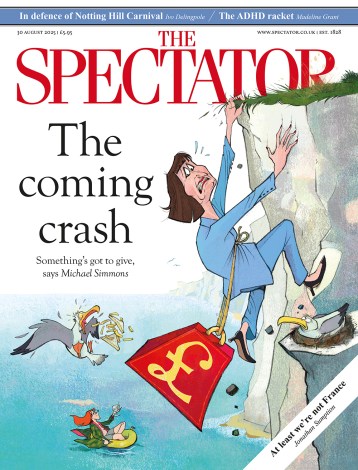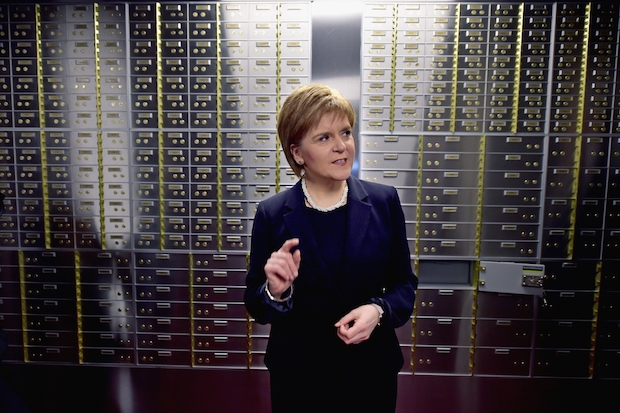It wasn’t quite David Cameron and his down-to-the-wire talks with the EU leaders, but it’s as close as we get in Scotland.
For the last eight months, the Scottish and UK governments have been trying to secure agreement over the financial settlement which will underpin the new tranche of powers to come to Holyrood – the so-called ‘fiscal framework’. After weeks of torpor and inaction suddenly, this afternoon, we got a breakthrough.
Nicola Sturgeon announced the deal to the Scottish Parliament this afternoon, confirming that everything had come down to one crucial, central point. The Scottish Government favoured one model to work out Scotland’s funding from the Treasury for the future and the UK Government favoured another.
The last-minute offer tabled by the Treasury this afternoon would see the Treasury model being used but with the UK Government agreeing to reimburse the Scottish Government for any money it would have received, had its model been in place. The Treasury has also offered a review of the funding formula after five years.
But – and this was the crucial point – if there was no agreement on the way forward after that 2022 review, the funding formula would continue to be based on the Treasury’s model.
It was this last piece of the jigsaw that the Scottish Government objected to. ‘Why would we sign up to that?’ asked the source.
The Scottish Government wanted the review to be neutral and with neither of the models to be favoured if the review fails to reach agreement.
It is understood that the final breakthrough came when George Osborne agreed to this final point in a telephone conversation with the First Minister.
With that in place, the fiscal framework was sealed, the Scotland Bill was saved and Scotland was then poised to get all those new powers, including complete control over income tax.
So who won?
As with all these complicated inter-governmental negotiations, neither side came away with everything it wanted: both had to compromise. The Scottish Government had to give up on its preferred model to work out Scotland’s future funding – something it insisted it would never do. The UK Government had to agree to a short-term fudge which will cost it hundreds of millions of pounds, just to keep the Scottish Government sweet. But, more importantly perhaps, we had all become so intrigued by the detail that we were in danger of losing sight of the bigger picture.
This fiscal framework paves the way for the biggest transfer of power away from Westminster in history. It is bigger than the original devolution settlement and will give the Scottish Parliament more autonomy than at any time since 1707. This has been one of those awful process stories that political journalists tend to become so obsessed with.
The hope now is that we can move on from process and deal with what really matters. Now that Scotland can determine its own income tax levels, properly, across the board, without restriction, then perhaps we can get back to real politics once again.
Now, wouldn’t that be something to celebrate – certainly more so than an agreement between officials on which funding formula to use?






Comments